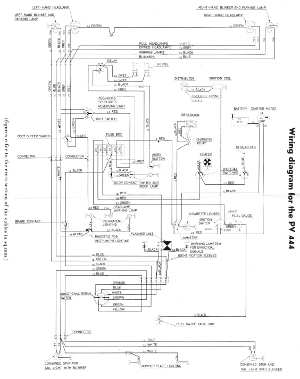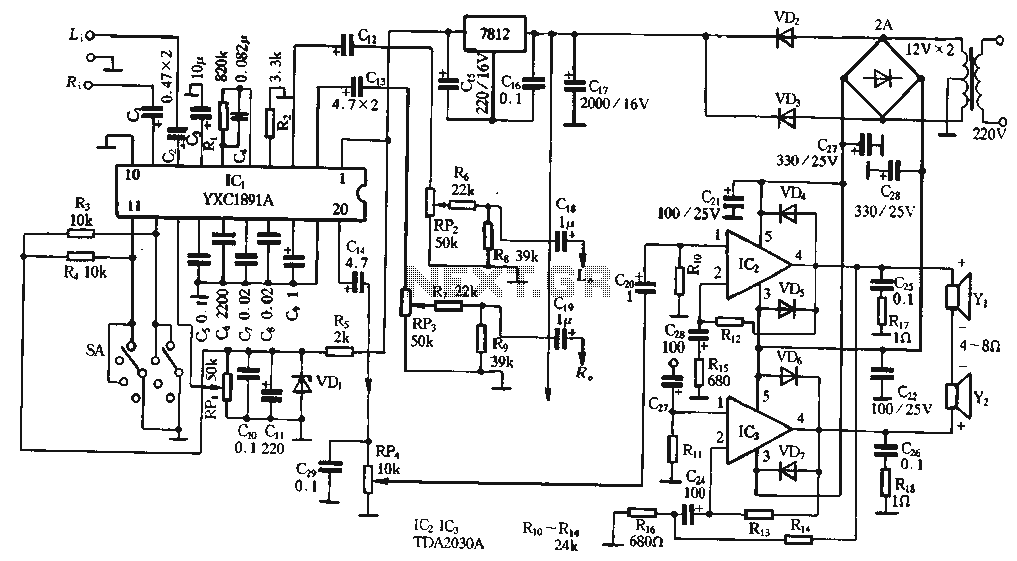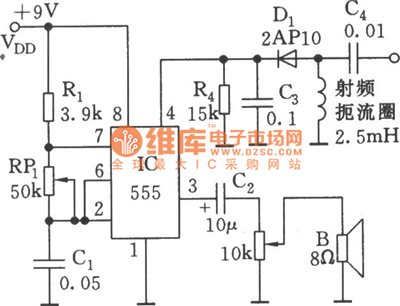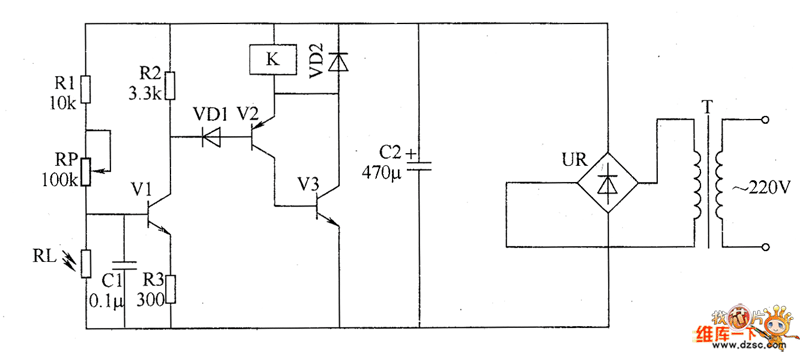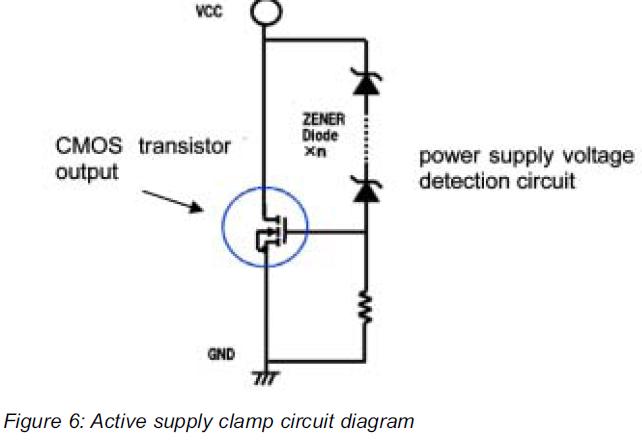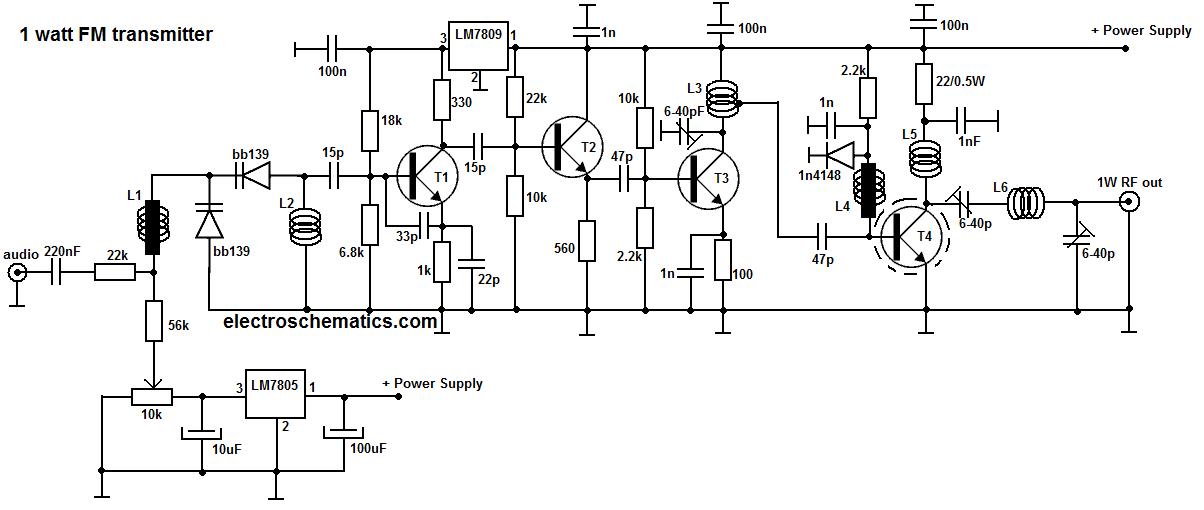
Nickel-cadmium battery fast charger temperature control circuit
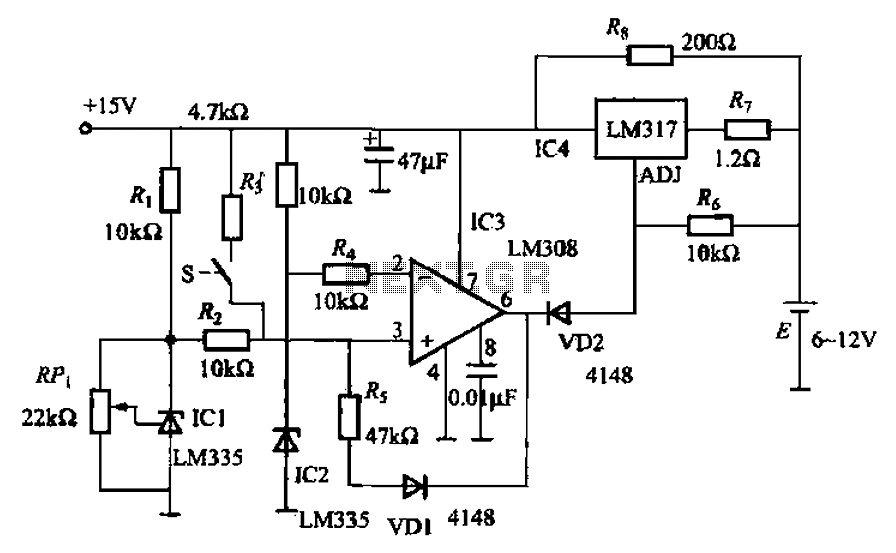
When fast charging a nickel-cadmium battery, the temperature control circuit, as illustrated in the accompanying figure, is designed to monitor the battery temperature to regulate the charging current. The circuit consists of Icl to IC3, which forms the temperature control mechanism, while IC4 is responsible for the charging circuit. IC1 and IC2 are utilized for temperature measurement and adjustment. The output voltage ratio of IC1 to IC2 is slightly greater than 50mV. Consequently, before the thermostat activates, the voltage at the comparator input of IC3 is high, resulting in a high output. This maintains VD2 in a non-conducting state, allowing IC4 to deliver a constant current of approximately 1A to the battery. IC2 is mounted on the surface of the battery being charged. When the battery temperature exceeds a certain threshold, which raises the potential at the input of IC3, the output transitions to low, allowing VD2 to conduct. This action causes the ADJ pin of IC4 to receive a low potential output of about 0.7V, switching the system to a trickle charge mode to maintain the battery temperature. As the battery cools down, the system reverts to constant current charging when the temperature drops back to the previous level.
The described circuit effectively manages the charging process of a nickel-cadmium battery by incorporating a temperature control mechanism that ensures safe and efficient operation. The use of integrated circuits (ICs) allows for precise monitoring and regulation of the charging current based on the battery's temperature. The temperature control circuit is crucial for preventing overheating during fast charging, which can lead to battery damage or reduced lifespan.
The configuration of the circuit includes several key components: Icl, IC2, IC3, and IC4. The temperature sensors IC1 and IC2 are strategically placed to provide accurate readings of the battery temperature. The output from these sensors is compared within IC3, which acts as a comparator to determine if the battery temperature exceeds the predefined threshold. If the temperature is too high, the output from IC3 drops, triggering VD2 to conduct and modifying the charging current supplied by IC4 to a lower, safer level.
The constant current mode, maintained at approximately 1A, ensures that the battery is charged efficiently without risking thermal runaway. The transition to trickle charge mode, initiated by the output of IC4, allows the system to maintain the battery's charge while preventing overheating. This dual-mode charging strategy enhances the reliability of the charging process, prolonging the battery's life and ensuring optimal performance.
In summary, the circuit described provides a robust solution for fast charging nickel-cadmium batteries, integrating temperature monitoring and adaptive charging strategies to enhance safety and efficiency. The careful selection of components and their arrangement within the circuit ensures that the charging process remains within safe operational limits, safeguarding both the battery and the charger. Cause when fast charging nickel-cadmium battery temperature, as shown in FIG nickel-cadmium battery fast charger temperature of the control circuit can be provided to detect th e temperature of the battery, so as to control the charging current. Icl ~ lC3 constituting the temperature control circuit, 1C4 charging circuit. IC1, IC2 temperature testing, adjusting section RPi, the ratio of the output voltage IC1 IC2 output voltage slightly higher than 50mV. Thus, before the thermostat does not start, feet potential voltage comparator IC3 than feet high, output is high, VD2 deadline, IC4 constant current of about 1A of the battery.
IC2 affixed to the surface of the battery to be charged, when the battery temperature rises to a certain temperature, which is higher than the potential of feet feet potential, IC3 output low, VD2 conduction through, IC4 the ADJ pin is about 0.7V low potential output is constant pressure to maintain the trickle charge mode, the battery temperature decreases. Similarly, when the temperature falls to the previous temperature, but also restored constant current charging.
The described circuit effectively manages the charging process of a nickel-cadmium battery by incorporating a temperature control mechanism that ensures safe and efficient operation. The use of integrated circuits (ICs) allows for precise monitoring and regulation of the charging current based on the battery's temperature. The temperature control circuit is crucial for preventing overheating during fast charging, which can lead to battery damage or reduced lifespan.
The configuration of the circuit includes several key components: Icl, IC2, IC3, and IC4. The temperature sensors IC1 and IC2 are strategically placed to provide accurate readings of the battery temperature. The output from these sensors is compared within IC3, which acts as a comparator to determine if the battery temperature exceeds the predefined threshold. If the temperature is too high, the output from IC3 drops, triggering VD2 to conduct and modifying the charging current supplied by IC4 to a lower, safer level.
The constant current mode, maintained at approximately 1A, ensures that the battery is charged efficiently without risking thermal runaway. The transition to trickle charge mode, initiated by the output of IC4, allows the system to maintain the battery's charge while preventing overheating. This dual-mode charging strategy enhances the reliability of the charging process, prolonging the battery's life and ensuring optimal performance.
In summary, the circuit described provides a robust solution for fast charging nickel-cadmium batteries, integrating temperature monitoring and adaptive charging strategies to enhance safety and efficiency. The careful selection of components and their arrangement within the circuit ensures that the charging process remains within safe operational limits, safeguarding both the battery and the charger. Cause when fast charging nickel-cadmium battery temperature, as shown in FIG nickel-cadmium battery fast charger temperature of the control circuit can be provided to detect th e temperature of the battery, so as to control the charging current. Icl ~ lC3 constituting the temperature control circuit, 1C4 charging circuit. IC1, IC2 temperature testing, adjusting section RPi, the ratio of the output voltage IC1 IC2 output voltage slightly higher than 50mV. Thus, before the thermostat does not start, feet potential voltage comparator IC3 than feet high, output is high, VD2 deadline, IC4 constant current of about 1A of the battery.
IC2 affixed to the surface of the battery to be charged, when the battery temperature rises to a certain temperature, which is higher than the potential of feet feet potential, IC3 output low, VD2 conduction through, IC4 the ADJ pin is about 0.7V low potential output is constant pressure to maintain the trickle charge mode, the battery temperature decreases. Similarly, when the temperature falls to the previous temperature, but also restored constant current charging.
